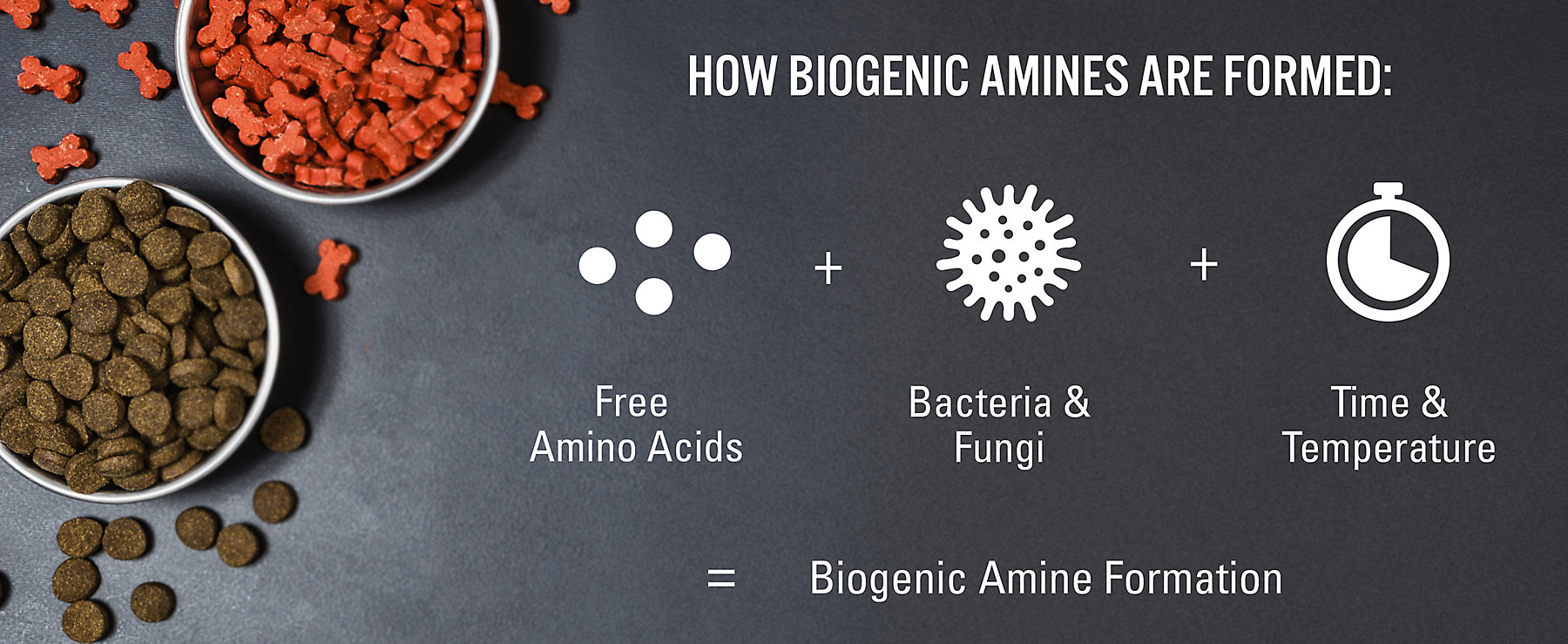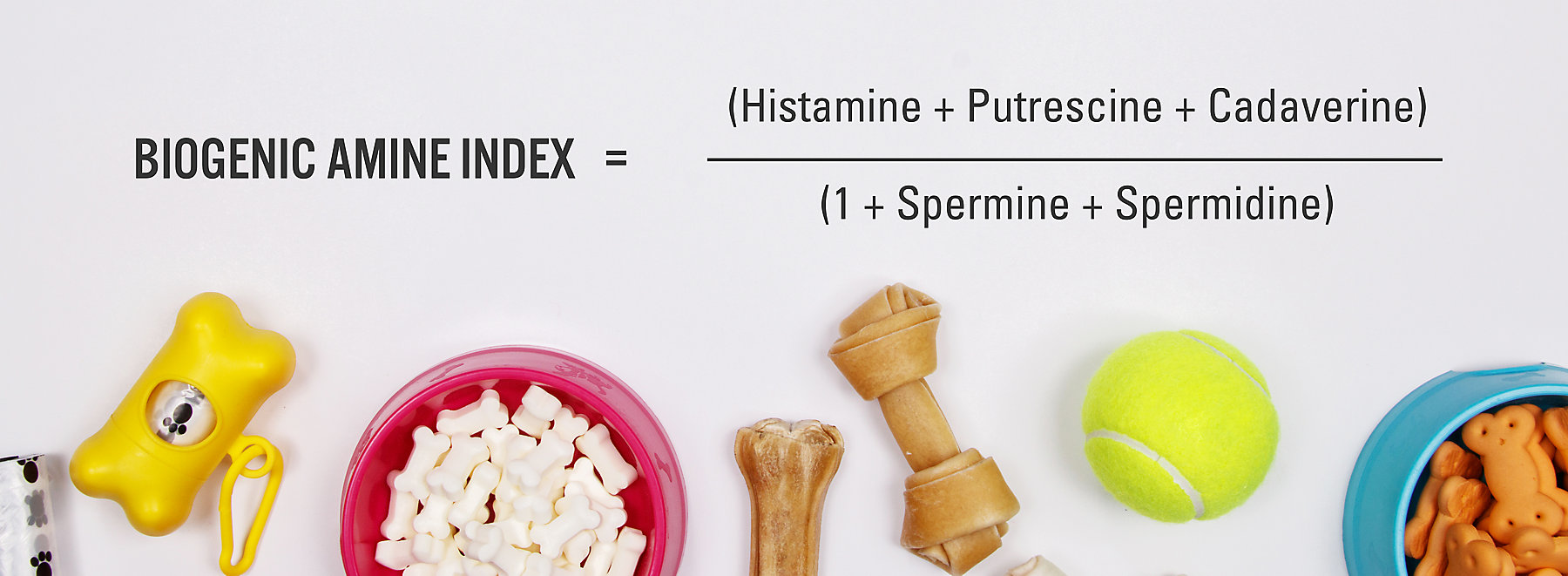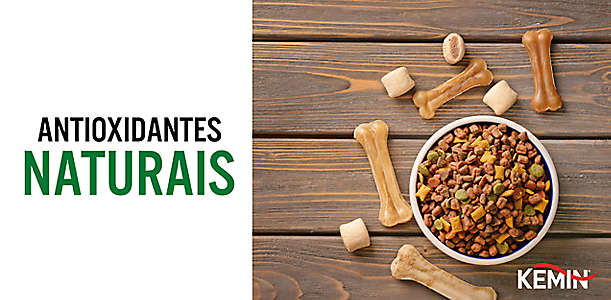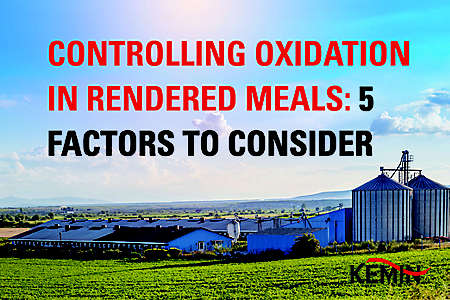References
1. Ruiz-Capillas C. and Herrero A.M. (2019). Impact of biogenic amines on food quality and safety. Foods. 8: 1-16.
2. Ten Brink B., Damink C., Joosten H.M.L.J., Huis in’t Veld J.H.J. (1990). Occurrence and formation of biologically active amines in foods. International Journal of Food Microbiology. 11: 73-84.
3. Kalač P. (2006). Biologically active polyamines in beef, pork and meat product: A review. Meat Science. 73: 1-11.
4. Bardócz S. (1995). Polyamines in food and their consequences for food quality and human health. Trends in Food Science & Technology. 6: 341-346.
5. Triki M., Herrero A.M., Jiménez-Colmenero F., Ruiz-Capillas C. (2018). Quality assessment of fresh meat from several species based on free amino acid and biogenic amine contents during chilled storage. Foods. 7: 132-148.
6. Hui Y.H. (2006). Handbook of food science, technology, and engineering. Volumes 1-4. 3618p.
7. Kim K.S., Backus B., Harris M., Rourke P. (1969). Distribution of diamine oxidase and imidazole-N-methyltransferase along the gastrointestinal tract. Comparative Biochemistry and Physiology. 31: 137-145.
8. Mietz J.L., Karmas E. (1978). Polyamine and histamine content of rockfish, salmon, lobster, and shrimp as an indicator of decomposition. Journal - Association of Official Analytical Chemists. 61: 139-145.






